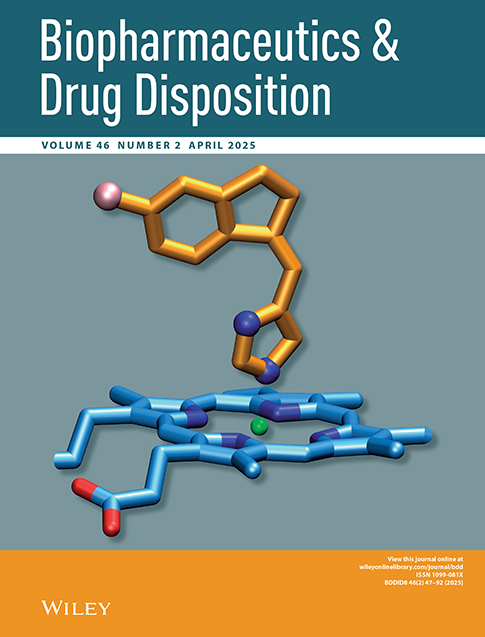The renal clearance of disopyramide after bolus intravenous injection
Abstract
Following bolus intravenous injection of disopyramide in eight normal volunteers the renal clearance of the drug appeared to fall with time. In the first two hours after injection renal clearance had a mean value of 89·0 ml min−1 and fell to 29·4 ml min−1 between 48 and 72 h.
In a separate study disopyramide was given by continuous intravenous (i.v.) infusion for 8 h following a loading dose of the drug. Renal clearance of disopyramide was thus estimated hourly over three narrow serum concentration ranges in a single volunteer. The estimate of renal clearance of the drug over the first hour following the start of these infusions was considerably in excess of values obtained later in the experiments.
The change in disopyramide renal clearance following bolus injection is partially time-dependent. There are, however, fallacies in calculating short-term clearance values after bolus drug injection from the venous concentration-time curve and these may partially explain the change in renal clearance of disopyramide with time.




